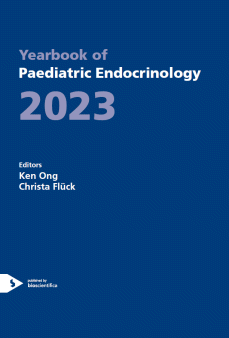8. Type 1 Diabetes
New Hopes
ey0020.8-14 | New Hopes | ESPEYB20
8.14. Glucose-responsive microneedle patch for closed-loop dual-hormone delivery in mice and pigs
C Yang , T Sheng , W Hou , J Zhang , L Cheng , H Wang , W Liu , S Wang , X Yu , Y Zhang , J Yu , Z Gu
ey0020.8-15 | New Hopes | ESPEYB20
8.15. Exocrine pancreas regeneration modifies original pancreas to alleviate diabetes in mouse models
X Kou , J Liu , D Wang , M Yu , C Li , L Lu , C Chen , D Liu , W Yu , T Yu , Y Liu , X Mao , A Naji , T Cai , L Sun , S Shi
ey0020.8-16 | New Hopes | ESPEYB20
8.16. Engineering the lymph node environment promotes antigen-specific efficacy in type 1 diabetes and islet transplantation
JM Gammon , ST Carey , V Saxena , HB Eppler , SJ Tsai , C Paluskievicz , Y Xiong , L Li , M Ackun-Farmmer , LH Tostanoski , EA Gosselin , AA Yanes , X Zeng , RS Oakes , JS Bromberg , CM Jewell




